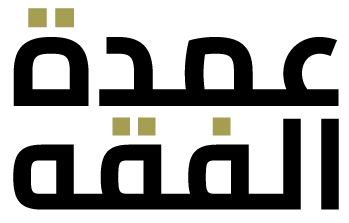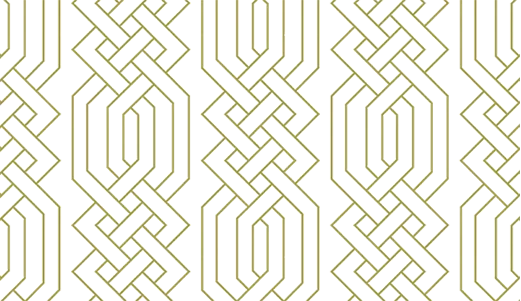1720. These are examples of judging by qarâ’in (pl. of qareenah: corroborative evidence). In the past, the jurists differed regarding the methods by which a claim is established in the Islamic judiciary. Some limited it to whatever has been explicitly stated in, or extracted from, the revealed texts, while others widened the circle of evidence to include whatever reveals the truth and paves the way for justice. For this reason, basing rulings on qarâ’in was a matter of debate among the jurists. The difference today is that forensic science has evolved to such a degree that judicial systems throughout the world rely heavily on it. Legal experts call this type of evidence ‘tangible proof,’ and despite its being considered a largely modern phenomenon, it still falls under corroborative evidence. The question is: Where should the Islamic judiciary stand regarding forensic science? Should it benefit from it? Should this benefit be limited to guiding the criminal investigator and enlightening the judge with important details of the crime? Or should this evidence be used by the judge whenever it qualifies, even in the absence of the customary types of evidence known to Islamic jurisprudence, such as witness testimony, confessions, oaths, and nukool (refusal to take an oath)?
I believe that a reasoned incorporation of the tangible evidence in what counts as admissible proofs is completely warranted, and this was the position of luminaries like Ibn al-Qayyim, Ibn Taymiyah, and Ibn Farḥoon, and of the remaining Mâlikis, in addition to Ibn al-Ghars of the Ḥanafis and some Ḥanbalis (mentioned in order of the strength of their support for the use of qarâ’in and the scope of its use in their ijtihâd.)


